Google Magic Eraser cleans up your messy photo mistakes, and that's a bad thing
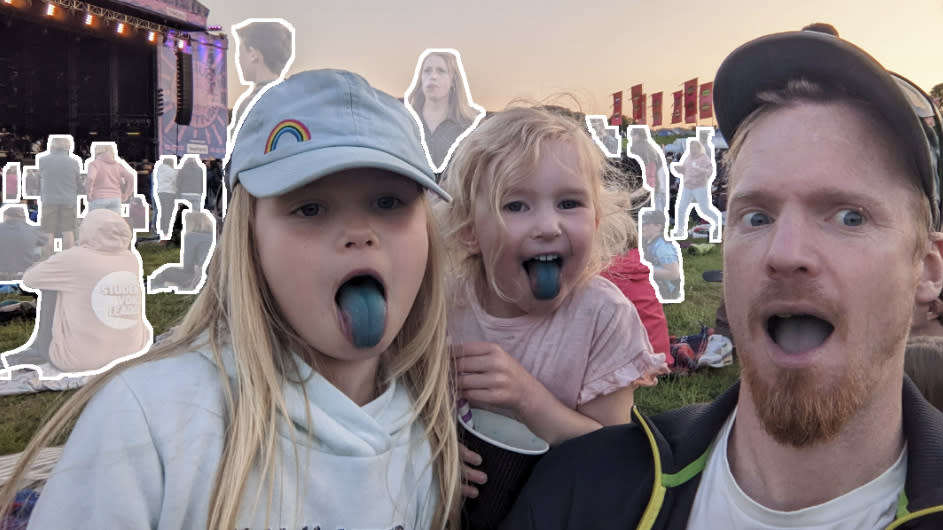
Ever since my Google Pixel 3a, I’ve consistently been impressed with the cameras on board Google's handsets, specifically the quality that can be squeezed out of historically modest hardware via intelligent image processing and AI-powered edits. And one of the most impressive tools to grace Google’s camera app is the Magic Eraser.
Magic Eraser was launched with the Google Pixel 6, and consequently rolled out to earlier models via a software update, and to users of non-google handsets as an addition to Google One, meaning you can use it on the best phones, even if they're not made by Google.
The AI-powered Content-Aware Fill tool allows you to remove unwanted background objects automatically using subject detection, or manually by painting over them, plus a recent update to the tool added a subtler Camouflage mode that blends rather than erases.
It’s Photoshop-style edits, on a phone. I primarily use my camera phone to document everyday life; portraits of my children, a snap of a vista while out on a walk, but definitely no food photos. Magic Eraser allows me to clean up those photos and make them perfect – or at least passable. But is that a good thing?
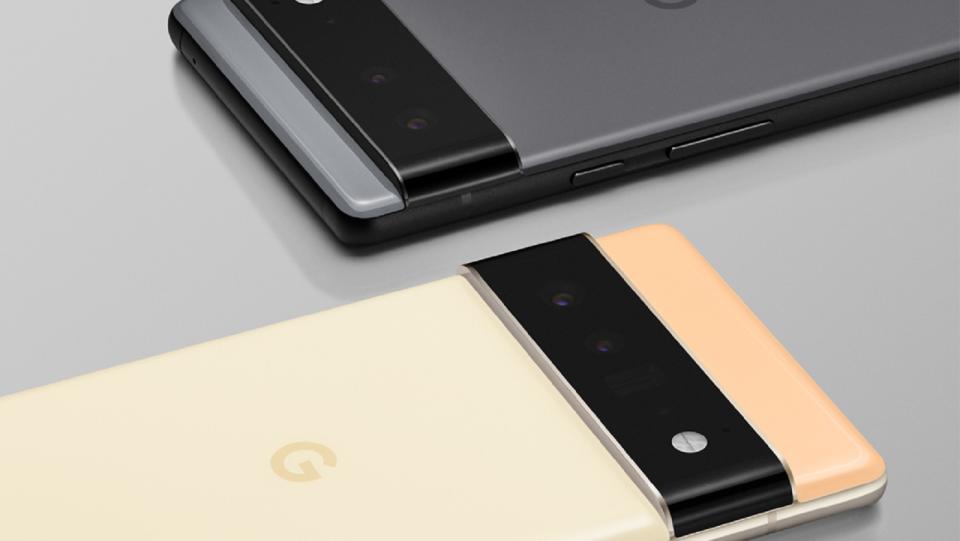
Less magic, more authenticity
Real life, family life, capturing-moments-on-a-phone life, it’s messy. And when I document life with a phone, authenticity is what counts.
Most authentic moments happen in a flash, when you don’t have the luxury of composing the shot perfectly, shifting your angle so the background looks better, or getting that second chance to catch the moment. And even given those luxuries, photo failures can happen, even to the best photographers. So surely Magic Eraser is a good thing?
Don’t get me wrong – I want to make authentic pictures that also catch the eye, especially lovely portraits of my kids. I often add a little gloss in the editor. But I’ve never got on with the Magic Eraser. Erasing those smartphone picture imperfections has never been the answer for me – I choose another tool instead.
Magic Eraser alternatives
Magic Eraser works amazingly well for simple surroundings, like silhouettes against a clear sky, and can be a great tool, but in 2023 it’s a long way from perfect. Its Content-Aware Fill tool can get overwhelmed by cluttered backgrounds and render artifact-ridden patches instead. And if I’m seeking authenticity and aesthetic pleasure in a single picture, I personally lean on the Blur tool way more regularly.
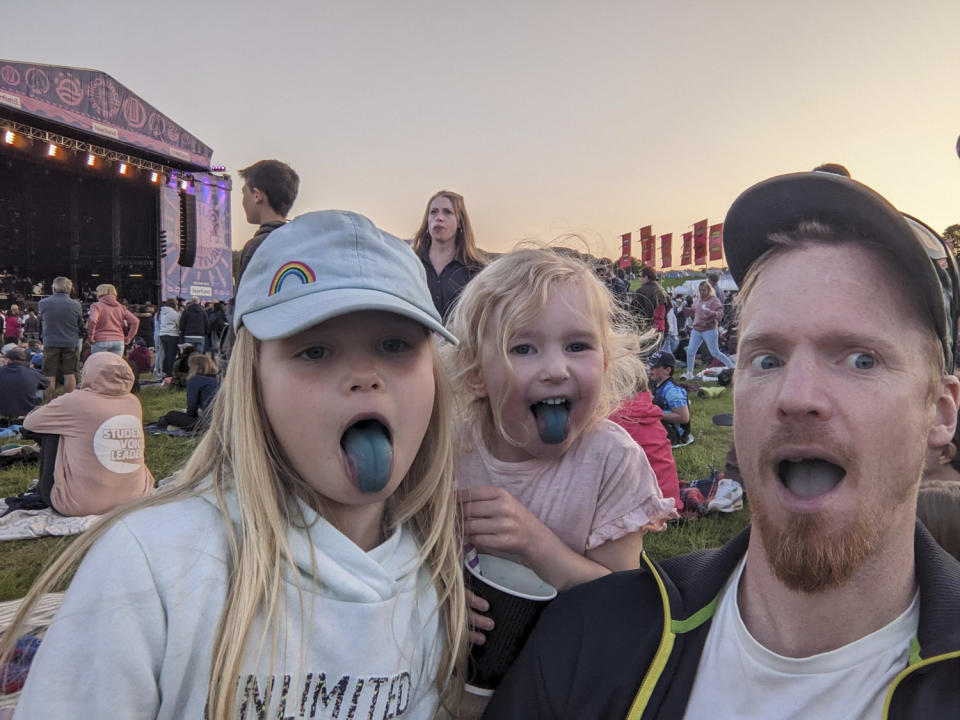
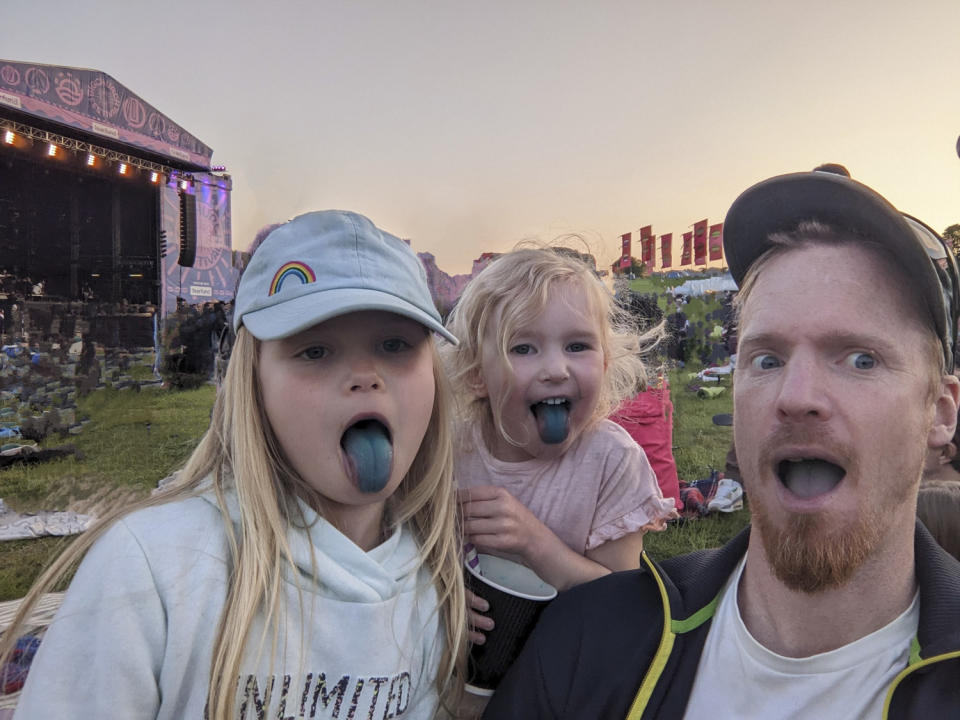
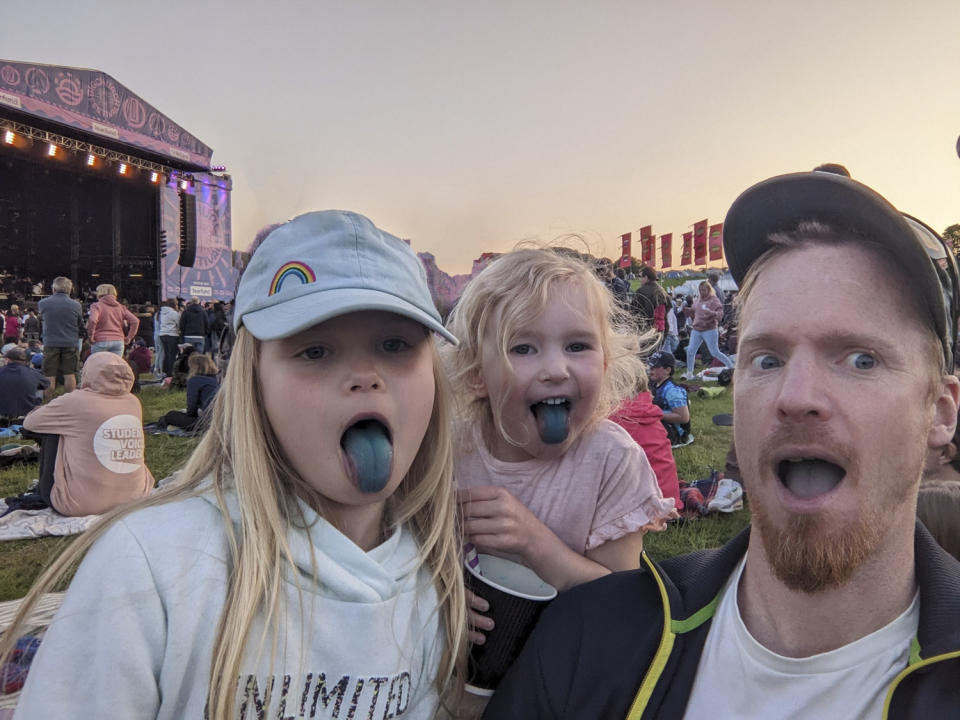
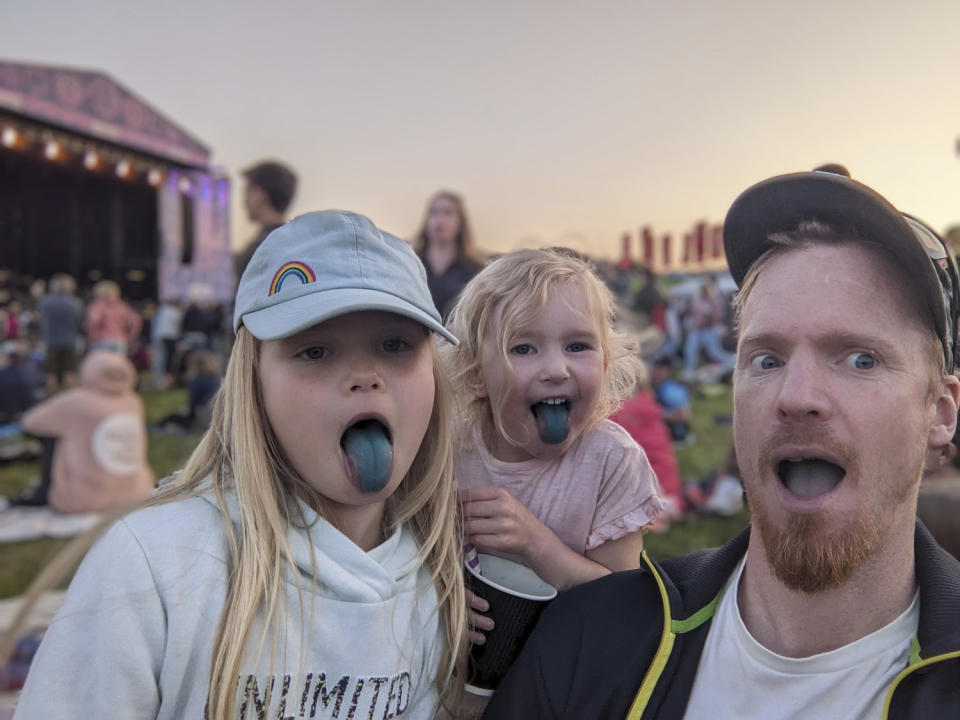
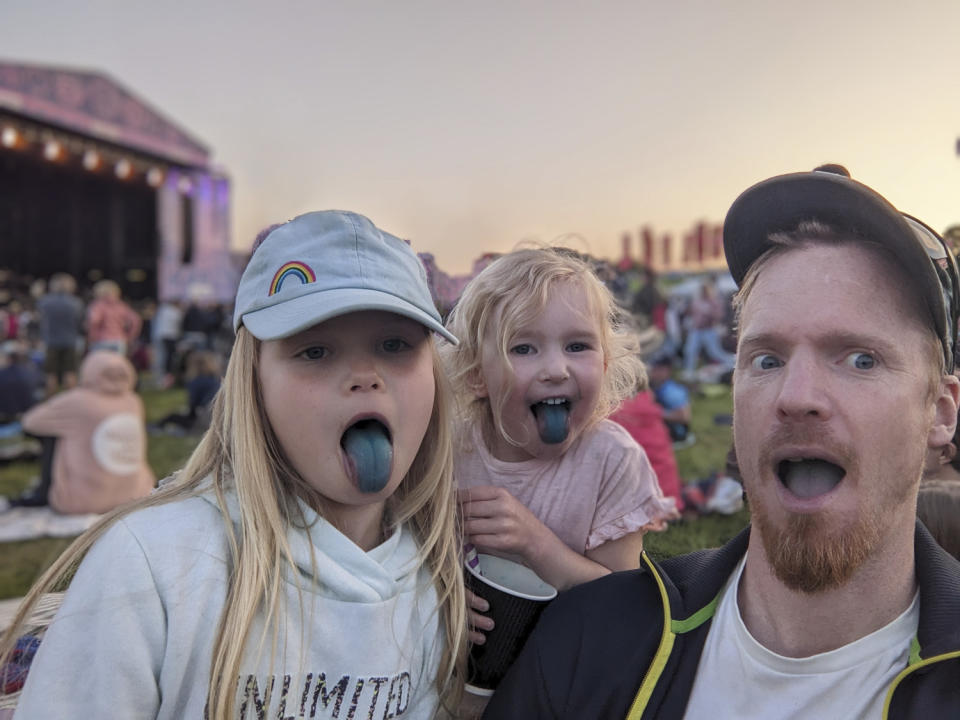

If I want to improve the look especially for portraits, I apply blur (see the gallery above for the different eraser and blur approaches to the same image). Blur can be applied at the capture stage in portrait mode, but it can be added manually to any photo in the editor afterwards, with control over how strong the blur is. Like Magic Eraser, a heavy handed approach makes artifacts – especially around hair – all the more obvious, so a gentle application usually works best. Gently blurring distractions, rather than removing them, fulfills my aesthetic desires and need for authenticity.
AI vs human authenticity
If you agree with me on the need for authenticity in our smartphone pictures, there’s more bad news on the horizon. At Google I/O 2023, the company presented its future application of 'Responsible AI' and revealed Google Magic Editor, which will bring next-level AI-powered edits to Pixel handsets. We can make our lives can look even more perfect, even more easily.
Remove the unwanted. Correct imperfections. Beautify skin. Perfect, perfect, perfect – but where’s the real? I didn’t plan to get too philosophical here, but a regular theme around AI today, especially when it comes to imaging, is its conflict with our need for authenticity.
We need authenticity now more than ever, not a distorted idea perfection. The most frightening AI-imaging development would be if authenticity could be faked – where would that leave us? Hopefully that day won't come; and for now, I’ll keep the magic in my smartphone photos to a minimum, and add a little artistic gloss instead.

